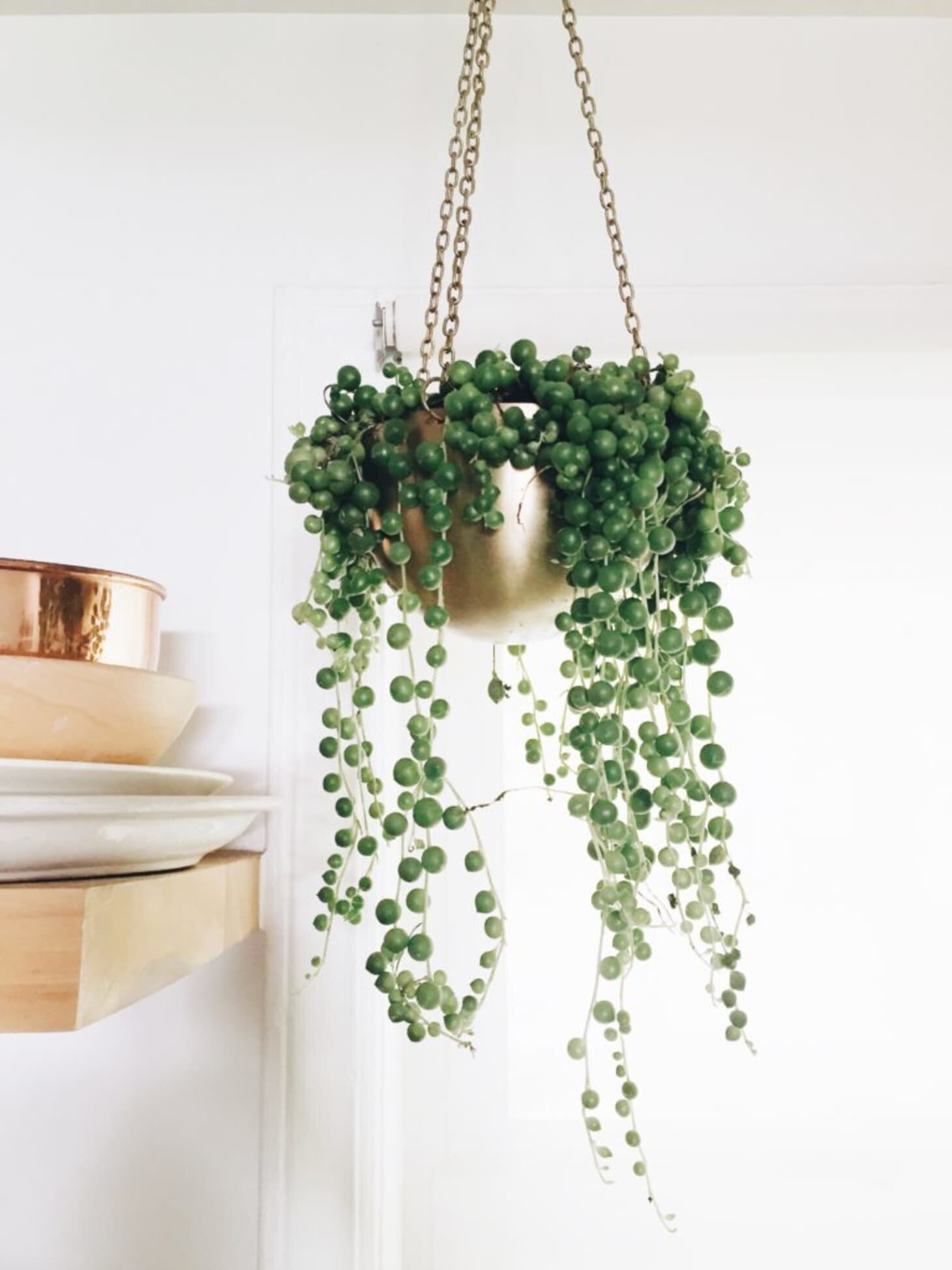3 Tips For Growing Plants Indoors
There are generally two types of people in the world: those who can keep plants and flowers alive, and those who inadvertently kill every plant they come into contact with. If you struggle to keep plants alive but love the look of natural plants in your home, don’t take the easy way out with fake plants just yet. Different plants require different amounts of attention and effort.
As much as people would like you to believe, it’s not quite as simple as just putting a plant in front of the window and watering it once a week. If you’re struggling, read our top tips below for effectively growing indoor plants.
Pots
The first mistake a lot of people make when trying to keep indoor plants alive is with the pot. If you’re growing indoor plants, you should generally keep them in pots. The term ‘planter’ typically refers to outdoor plants which are kept together. Rarely are indoor plants kept together in the same pot.
You first need to consider the size. You don’t want a pot that is too small because it could hinder the growth of the plant, so a good rule of thumb is to buy a pot that is two inches wider and two inches deeper than the plant, unless the plant is already in a pot exceeding 10 inches, in which case you’ll want to choose a pot that is three inches bigger.
You then need to think about drainage. We always advise to choose pots with drainage. If you don’t have adequate drainage, you run the risk of root rot which is a leading cause of plant death for indoor plants. You will also need to consider the material the pot is made from as this will affect drainage. Avoid plastic pots and instead stick to either terra cotta or ceramic.
All plants should be repotted once a year.
Lighting
Once you’ve got your pot sorted you’ll need to think about where exactly you want to place your pot. You might be tempted to choose the lightest spot in your house, but not every plant needs excessive amounts of sunlight. Too much sunlight could lead some plants to fall victim to bleaching, but it depends on the type of plant you’re trying to grow.
In the same breath, if your home doesn’t have much natural light, this could also work against you and your plant could die, but just because you don’t have ample window light doesn’t mean every plant will die. For those without much light in their home, consider investing in some LED grow lights. You can put your plants under the lights for a few hours every day to give them the light they need, but you can then return the plants to a more desirable location when they’re done sunning themselves.
Watering
Watering plants is where most people fall down, and that’s because it’s not as simple as it seems. You don’t need to water your plants every day, or even every week depending on the plants you have. A good rule of thumb is to water your plants when the soil is dry to touch, and to only water them up to a third of the depth of the pot. Over watering plants effectively drowns them. Soil has air pockets which plants use to derive oxygen and breathe, but when the soil is completely saturated with water, air pockets cease to exist and the plant can’t breathe, resulting in drowning.
Signs of an overwatered plant include yellow/brown leaves, soft and wilted leaves, green soil and no new leaves. Contrastingly, under-watered plants are usually dry and crispy, wilted, brown and not growing.
To figure out if you need to water your plant or not, put your finger an inch or two into the soil and feel if it’s damp. If it is, it’s likely not in need of watering, whereas if it’s bone dry, it’s probably high time for a dash of water.
With three tips in mind, you should be able to successfully keep a plant alive and who knows, at
some point in the future you might even be able to graduate to a pet!





A Thoughtful Misfit is a woman who doesn't fit in boxes - from how she dresses, to the way she lives, to the way she chooses to mother and to love…